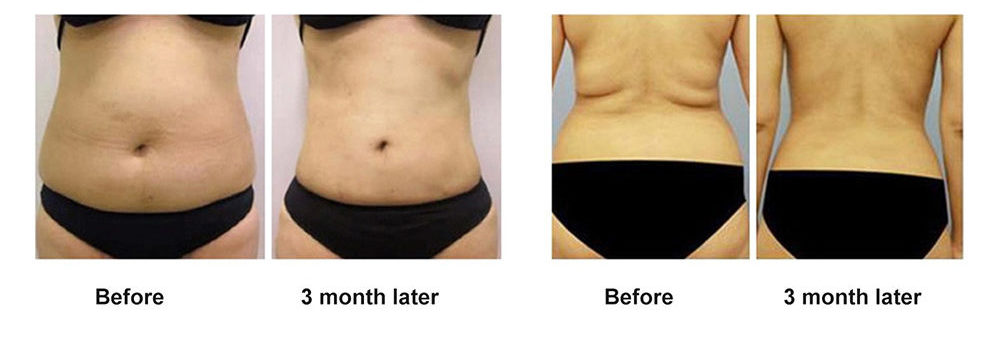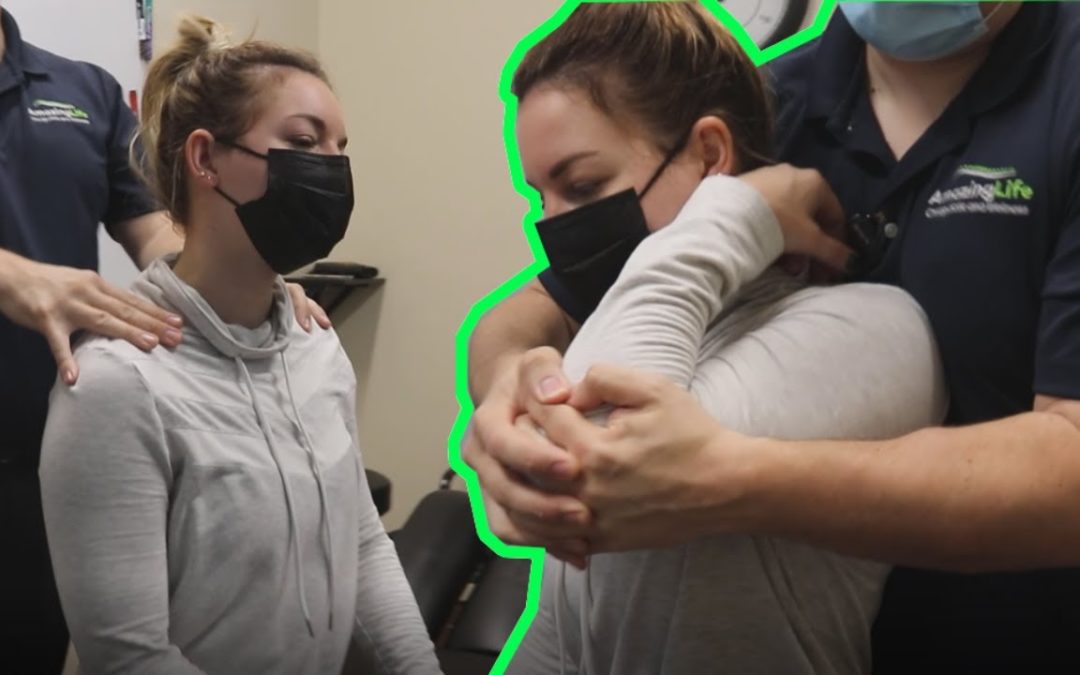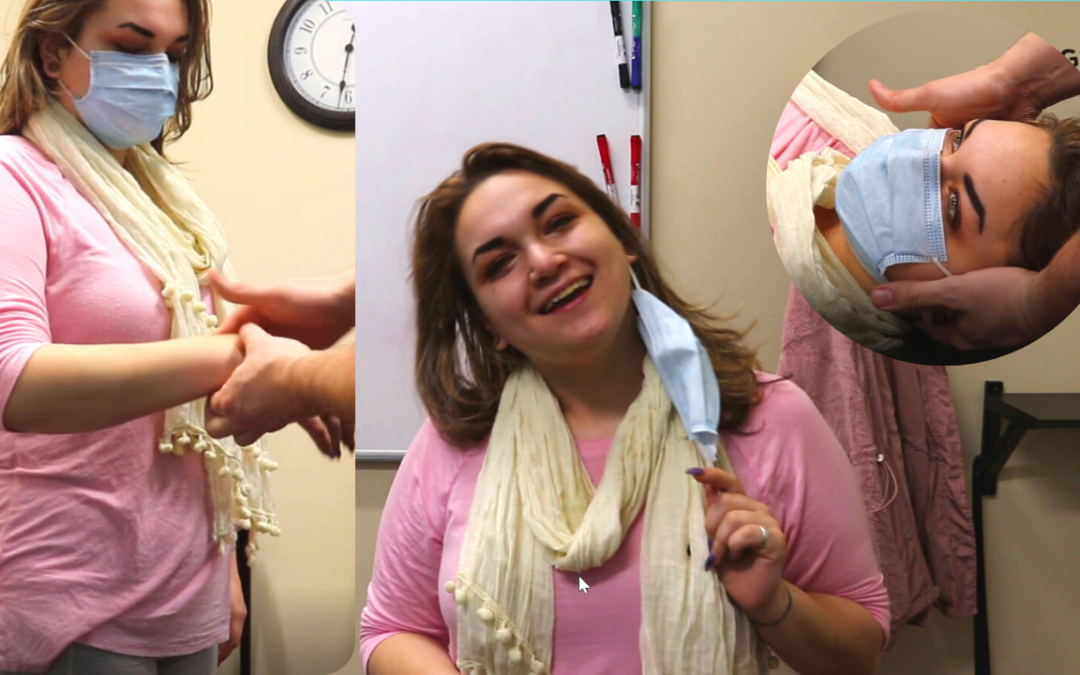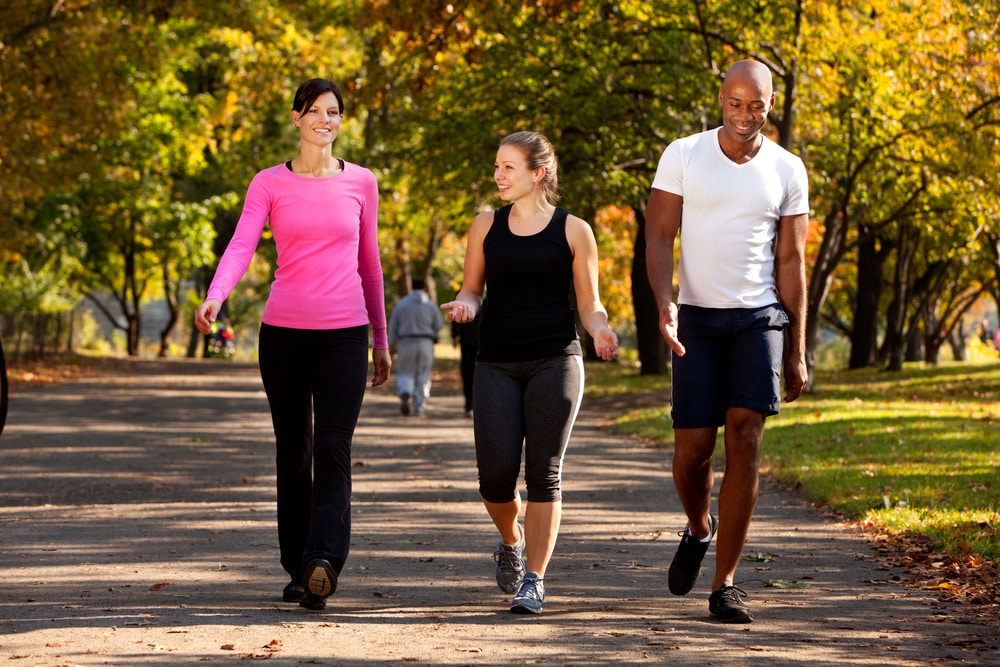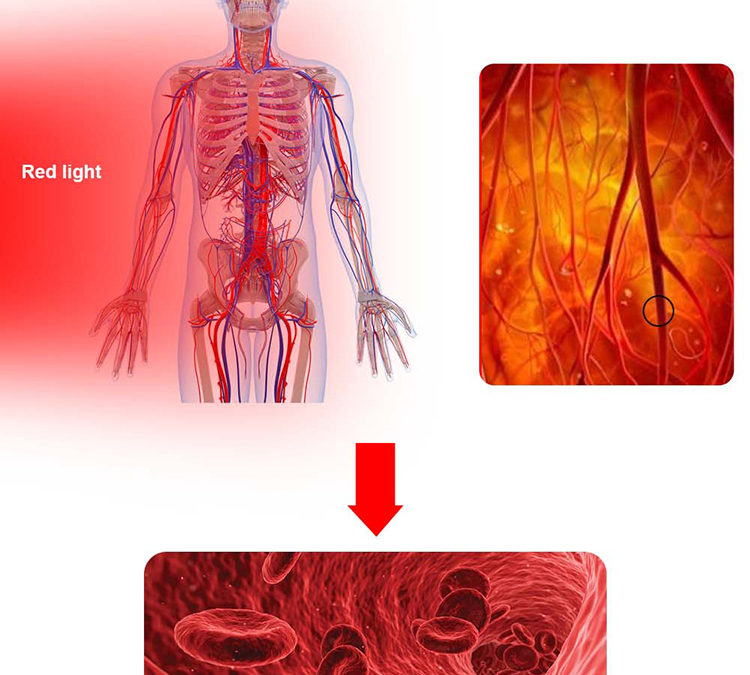
How the Red Light Table Targets Fat Loss
Less Cellulite
In a 2011 study on red light therapy and cellulite reduction, women ages 25-55 were divided into two groups: some did treadmill exercise + red light therapy twice a week, while the other group just did treadmill exercise. The researchers presented thermographic photographs of the changes in thigh circumference and cellulite to demonstrate that red light therapy and exercise was more effective than just exercise alone. The study concluded that treadmill exercise and red light therapy in conjunction can improve body aesthetics.
Cosmetic Body Contouring
Many people trying to lose weight just want to look better in the mirror, or at the beach. A wide variety of therapies to target fat and improve appearance are called “body contouring” or “body sculpting”, some surgical, others noninvasive. But many of them don’t work, and/or produce troublesome side effects. Red light therapy is completely natural & noninvasive and has proven to be an effective option for changing the way your body looks.
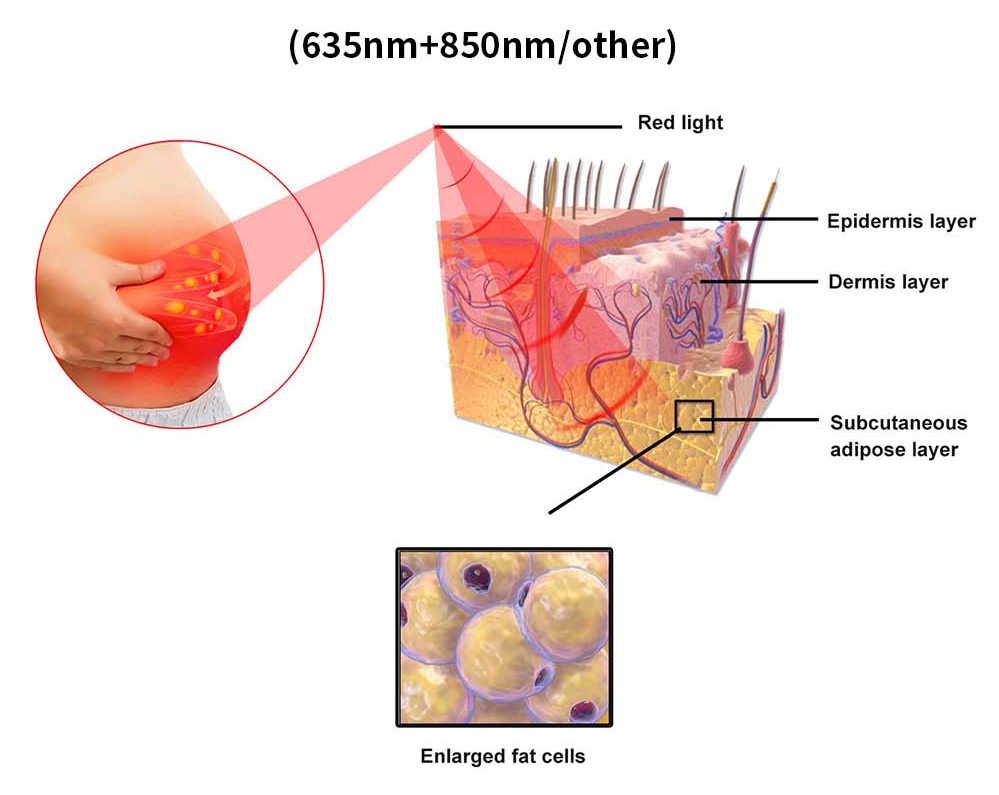
Smaller Waistline, Less Girth
A study in the Journal of Obesity Surgery researched red light therapy for body contouring. This 2011 double-blind, randomized study performed light therapy at 635-680 nanometers (nm) on participants for four weeks and recorded effects on the size of their waistline. At the end of the study, participants had achieved a statistically significant reduction in waistline girth.
Targeted Fat Loss
In a similar study published in Lasers in Surgery Medicine, participants who received light therapy showed a significant reduction in overall circumference, including numerous parts of the body. Researchers concluded that light therapy can reduce the circumference of the specific areas of the body that are treated with natural light.

Tighter Hips & Thighs
A 2013 study in the same journal also found benefits from red light therapy at 635 nm for contouring the hips, thighs, and waist. At the end of the trial, researchers found a mean loss of 2.99 inches in overall body size compared to the starting point. Separately, the thigh, waist, and hip areas all showed a reduction too. Researchers concluded that red light therapy at this wavelength was safe and clinically effective.
Less Body Fat:
A 2018 triple-blind, placebo-controlled trial assessed red light therapy’s effects on people doing endurance training. Researchers found pre-exercise treatment can “decrease the body fat in healthy volunteers when compared to placebo.”
Weight and Obesity Control: A study conducted by Brazilian researchers in 2015 assessed the effects of light therapy and exercise on 64 obese women, ages 20 to 40. One group exercised and received red light therapy treatments, while the control group just exercised. They concluded that red light therapy and exercise together were more effective than just exercise in reducing fat mass.
